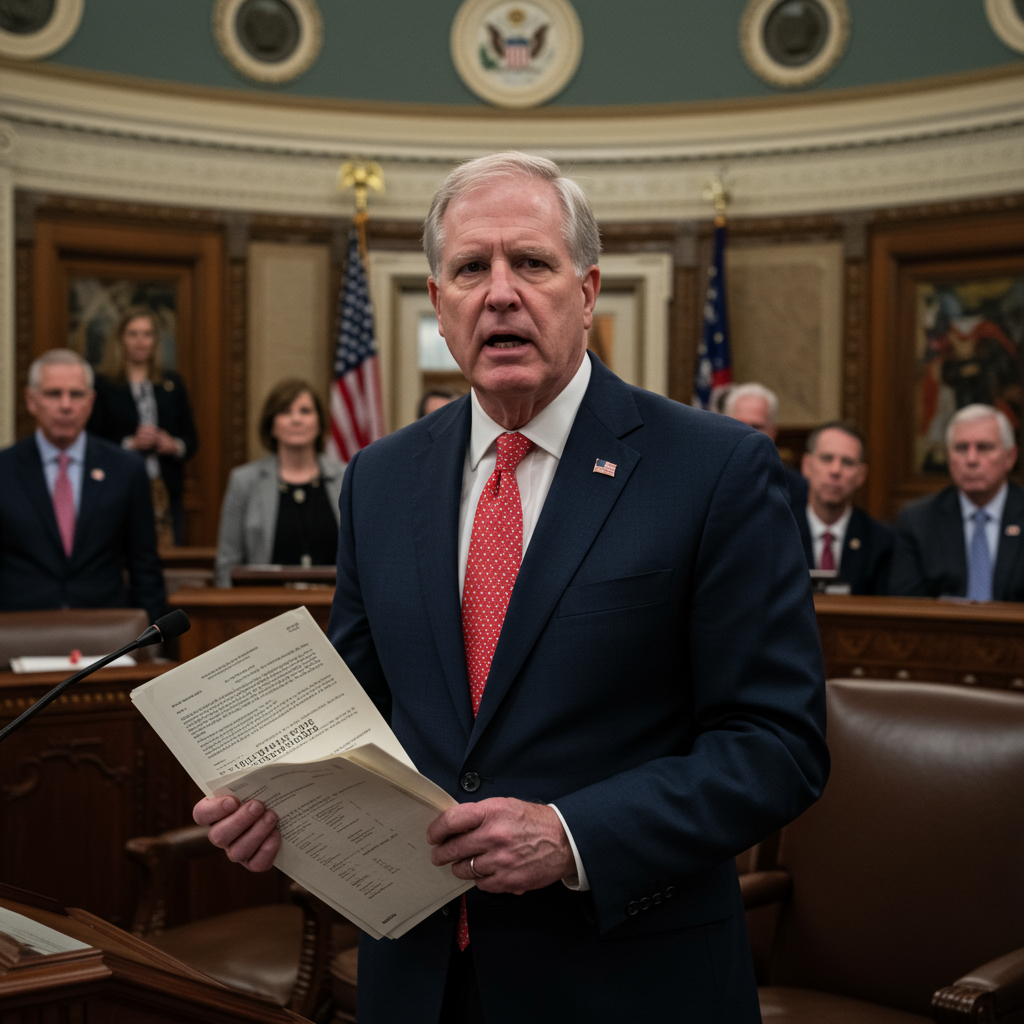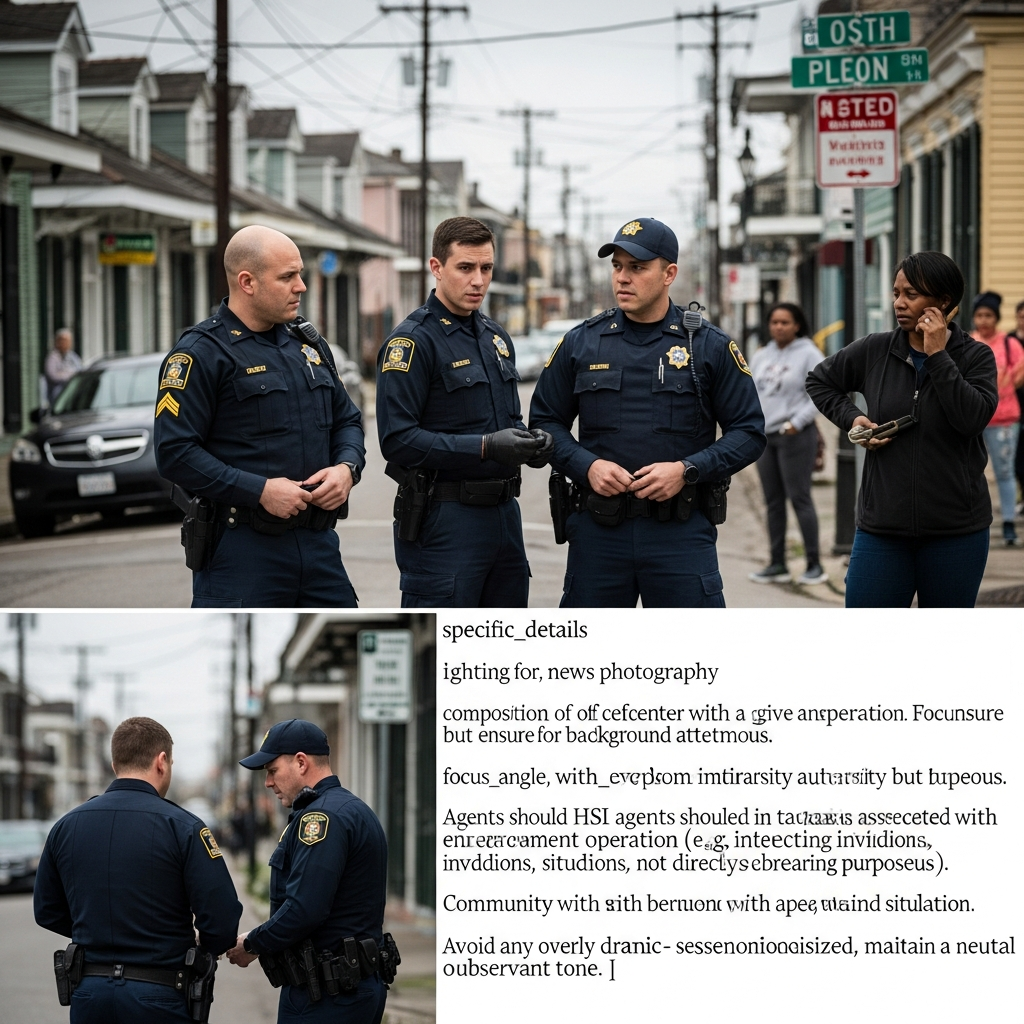President Donald Trump’s military parade, held on June 14, 2025, to mark the U.S. Army’s 250th anniversary, proved to be far more consequential for the political landscape than its modest eight-block route in Washington, D.C., suggested. While the parade itself was a damp, relatively low-key affair featuring troops, tanks, drones, robot dogs, and a real dog applauded by thousands despite an off-and-on drizzle, it ignited a wave of opposition that resonated across the nation.
The event also coincided with President Trump’s 79th birthday, adding a personal layer to a display he defended by stating, “Every other country celebrates their victories… It’s about time America did, too.”
However, the parade’s symbolism and the president’s rationale became a flashpoint, immediately sparking the largest and broadest protests of his second term.
Nationwide “No Kings” Pushback Emerges
Millions of Americans in approximately 2,000 communities gathered in widespread “No Kings” rallies, directly pushing back against what opponents described as President Trump’s assertion of unprecedented presidential powers perceived to violate the Constitution. These demonstrations represented a significant moment of pushback.
Unlike the massive, concentrated protests that marked Trump’s 2017 inauguration, the “No Kings” rallies were deliberately local, emphasizing support for democracy’s foundational guardrails and opposition to the administration’s stringent approach to immigration. Photographs of these protests, filling city plazas and crossing bridges across the country, drew comparisons to powerful scenes from historical movements like the Civil Rights era and the Vietnam War protests, signaling a potentially new phase of resistance in the Trump presidency.
A Backdrop of Heightened Peril
This period of widespread pushback unfolded against a disquieting backdrop of escalating tension and perceived peril across the United States. The day of the parade and surrounding period saw a flood of alarming news:
Political Violence: A manhunt was underway in Minnesota following the assassination of a state legislative leader and her husband, with another legislator and spouse wounded in a separate attack. A “No Kings” sheaf and a hit list of Democratic officials and abortion rights advocates were reportedly found in the suspected gunman’s car, linking the violence to political extremism. Minnesota Governor Tim Walz characterized the persistence of political violence as a “precipice moment” for the nation.
International Instability: An escalating conflict between Iran and Israel featured ballistic missile launches and retaliatory strikes, raising concerns about potential U.S. entanglement in a regional war.
Assertion of Force: Just days prior, federal law enforcement agents were involved in a controversial incident on June 12, physically subduing and handcuffing California Senator Alex Padilla after he attempted to interrupt a press conference. This was cited as another example of a perceived “bristle of force.”
These events collectively underscored the “sense of growing peril” referenced by commentators, adding gravity to the political pushback emerging nationwide.
Critiques of the Military Display
The military parade itself featured an extensive display of U.S. military hardware, including dozens of 70-ton Abrams tanks rolling down Constitution Avenue and 50 military helicopters flying overhead, alongside 6,600 troops and 150 vehicles. This was noted as one of the largest public displays of U.S. military might outside of wartime in recent memory.
Critics swiftly argued that such a display was more characteristic of a dictatorship than a democratic republic, a sentiment amplified by the president’s recent deployment of U.S. Marines and Army National Guard troops to Los Angeles to address immigration protests, overriding the objections of local officials.
In Washington, President Trump’s eight-minute speech between the parade and fireworks stuck to praising the Army’s history, avoiding the direct political attacks seen in recent appearances. His supporters viewed the coincidence of his birthday with the Army’s 1775 founding positively, linking it to his support for a robust military.
Voices of Protest and Discontent
Across the country, the “No Kings” protests took various forms, reflecting deep-seated opposition.
Scale and Scope: Police estimated nearly 100,000 participants in Philadelphia. Protesters marched past Trump Tower in Chicago.
Symbolism: In Atlanta, signs included a weeping Statue of Liberty and a demand familiar from Trump rallies, ironically turned against him: “Lock Him Up!” Los Angeles saw marchers carrying oversized copies of the Constitution and inflating a 20-foot baby Trump balloon.
Local Engagement: In Nanuet, New York, over 1,000 protesters lined a central intersection, countering the notion that people had given up on opposition.
While many protests were peaceful and some even had a celebratory air, underlying tensions were evident. Police in Los Angeles and Atlanta reportedly used chemical irritants to disperse crowds. In Culpepper, Virginia, police arrested a man accused of accelerating an SUV into protesters, injuring at least one person.
The “No Kings” slogan itself carried historical weight, referencing the American Revolution’s break from the British monarchy. Protesters in Philadelphia evoked this history, with one in colonial dress carrying a sign quoting John Adams: “Liberty Once Lost Is Lost Forever.” This connection underscored the perceived fundamental threat to democratic principles that fueled the widespread dissent following the military parade.
The period surrounding the June 14th parade and the ensuing “No Kings” protests may well mark the beginning of a challenging and potentially perilous new chapter in President Trump’s tenure, characterized by significant popular pushback against perceived executive overreach amidst a landscape of domestic and international instability.



